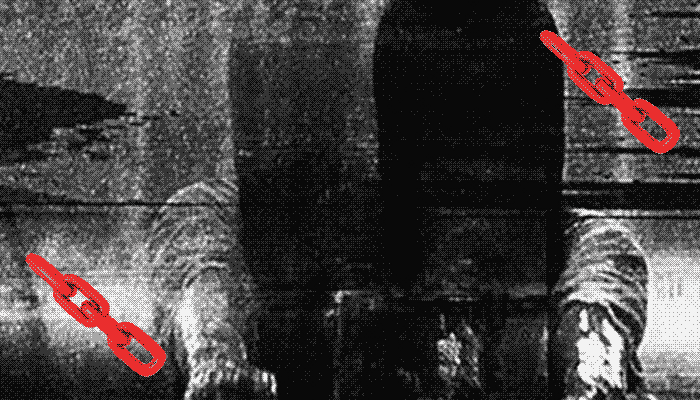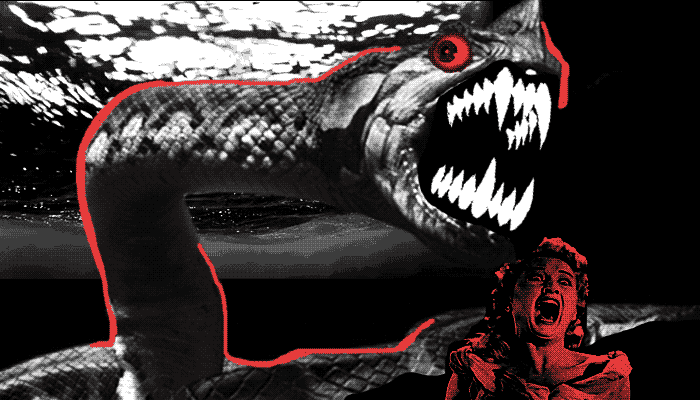4
La Llorona

Country of Origin: Mexico
Similar to: La Novia de Tola (Nicaragua), La Sayona (Venezuela)
Scorned women is a trope familiar all over the world, which is probably why there are so many of them in Latino horror culture. Though there are variations in La Llorona’s origins, there are a few things that remain the same: a beautiful woman named Maria drowns her two children once her husband loses interest in her.
In one version, the man leaves her for another woman. After killing her children and herself, she is unable to go to the afterlife until she finds her kids, which is when she starts going after wandering children. Her yells can be heard in the late evenings.
In another, Maria is the most beautiful woman in town. She meets a ranchero that she wants to be with, but only marries him after he spends a lot of time and money courting her. They eventually have two children, and he goes back to his ranchero ways, leaving their family for periods of time and only returning to see his children. One day, Maria finds him with a new woman and becomes so enraged that she kills her children to spite him. By the time she realizes what she’s done, it’s too late. The next day, she is found dead by the river, and after that, her ghost can be found crying, as she roams the river in search of her children.
In Nicaragua, the story centers on Hilaria Ruiz, a young woman who fell for Salvador Cruz, a playboy. Before his wedding, he stopped by his lover Juana Gazo’s house. Juana knew it would be over between the two of them, so she got him drunk enough to miss his wedding. Hilaria, inconsolable, and became La Novia de Tola, a scorned ghost who waits for her beloved forever.
La Sayona is a woman who haunts men in relationships who cheat. She is seen wearing a white dress, and is even called La Llorona sometimes because she is seen crying while holding a baby in her arms. –Yara Simón




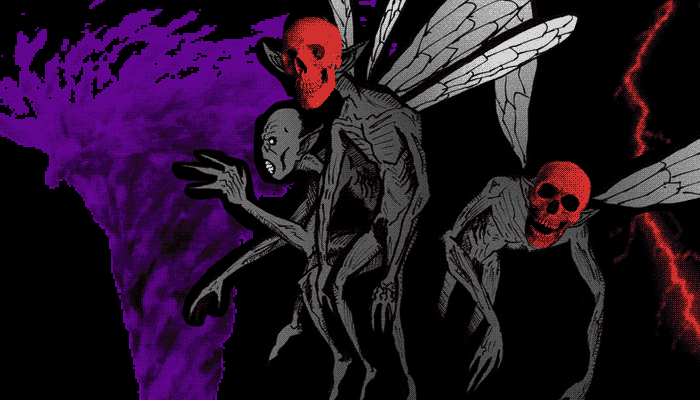

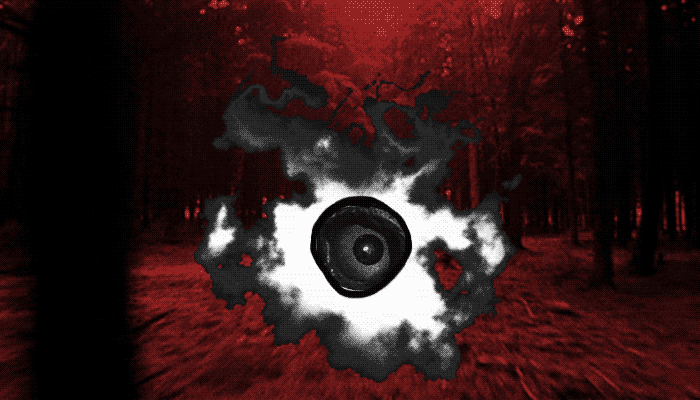
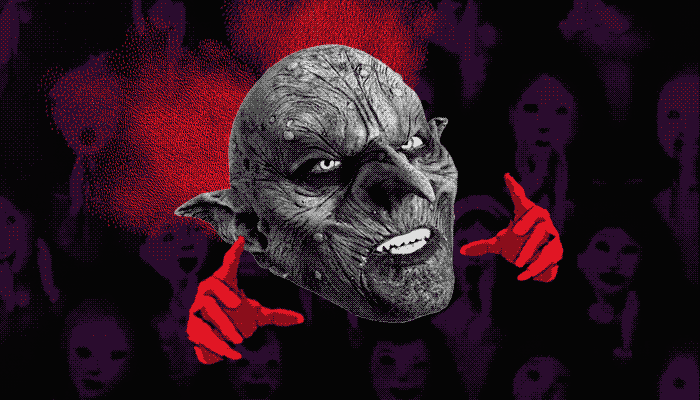
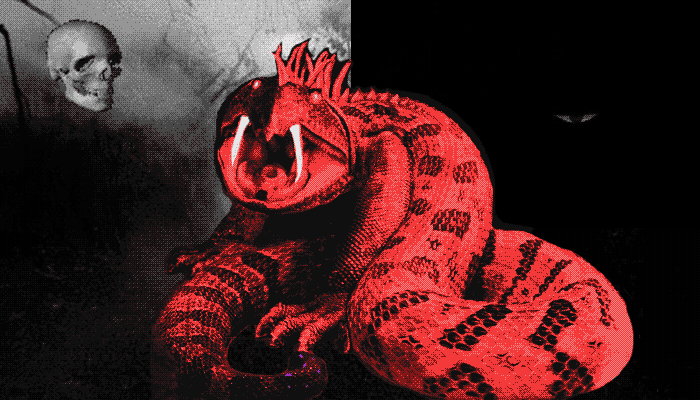
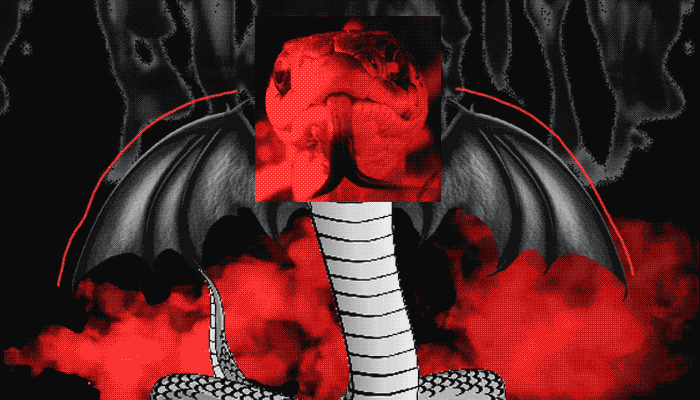
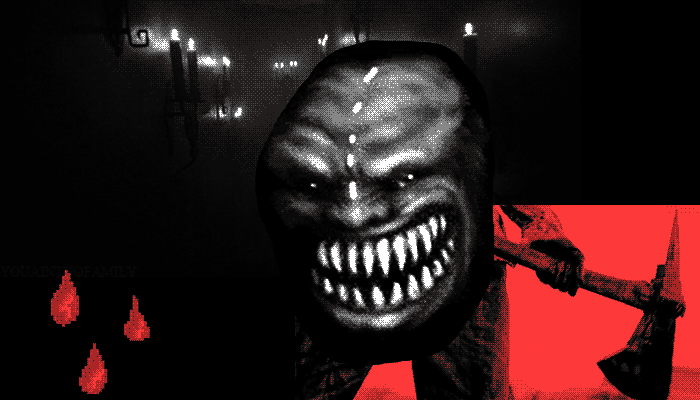
 Country of origin: Guyana
Country of origin: Guyana